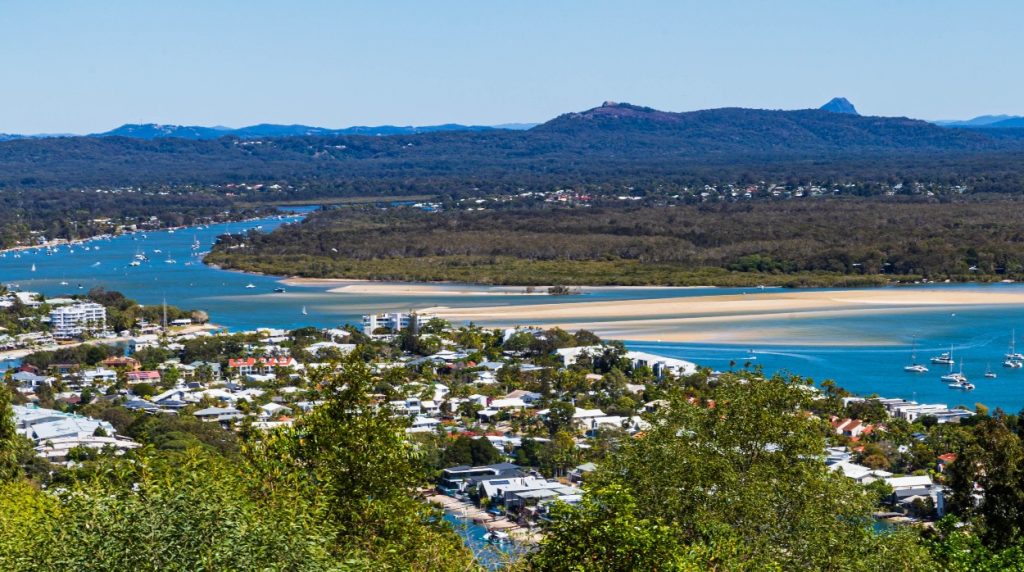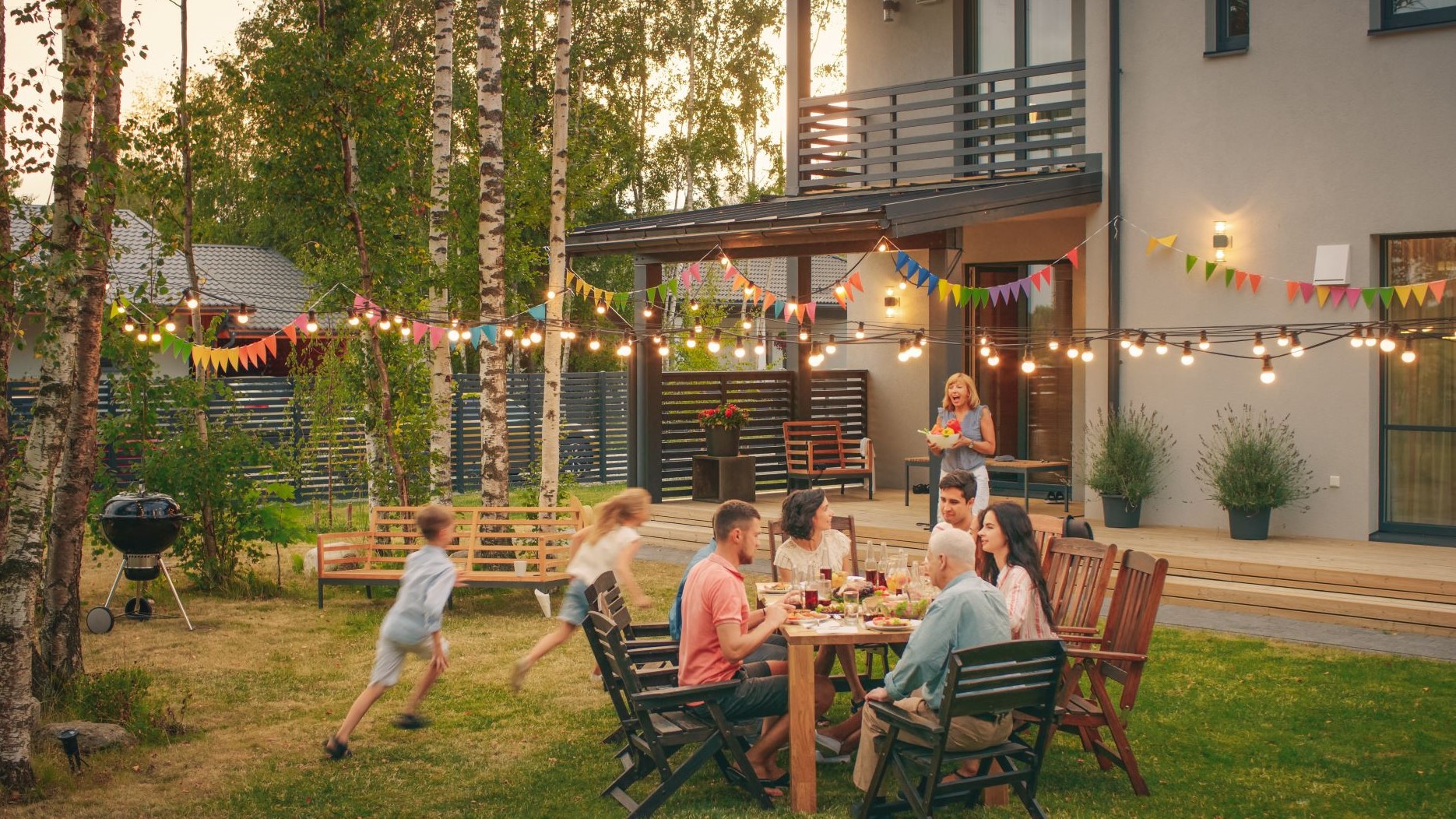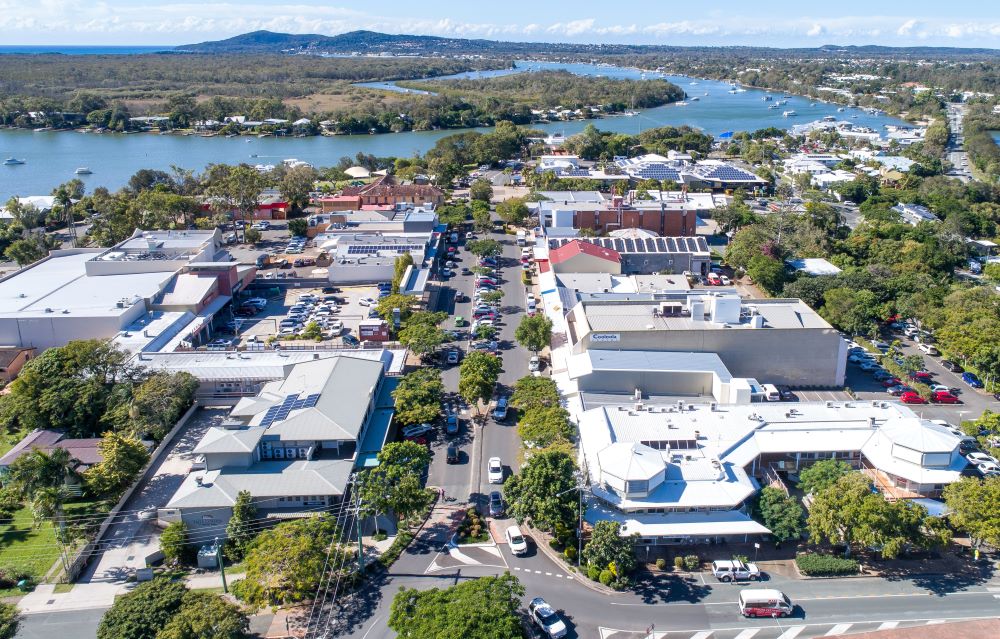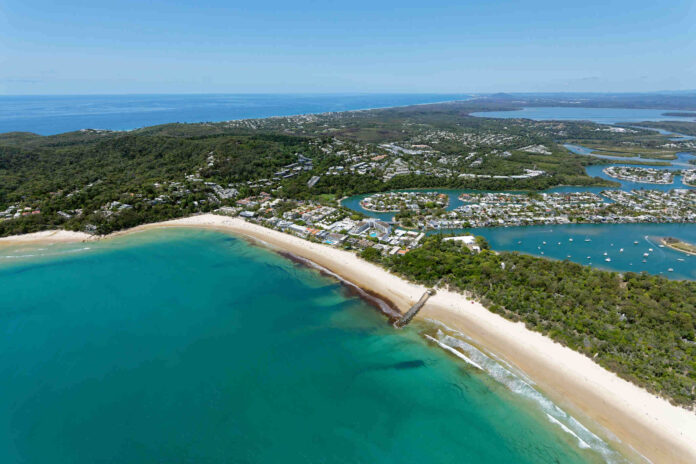A Coast council has begun rolling out an extraordinary multi-pronged attack against the current housing crisis affecting worker availability and pushing low-income renters and homebuyers out of the shire.
Pleas to landlords to provide more permanent accommodation, partnerships with private developers and community housing to make the most of under-utilised council land, and talks with churches and other charitable organisations to provide more social housing are all part of the response ushered in by the new Noosa Housing Strategy 2022.
The raft of measures shows the council is willing to think outside the box to provide short and long-term solutions to the crisis.
The Housing Strategy was endorsed by Noosa Council in November last year as a plan to “keep its residents at home” from now through to 2041.

It aims to provide “the right amount of housing, of the right type and size, in the right place and with the right tenure for our community”.
Underpinning the success of this strategy, the council says, will be ongoing open conversations and partnerships with state and federal governments, developers and key community organisations.
However, while businessman and housing campaigner Mal Cayley, of Direct Collective, said the strategy was “a great step – a highly commendable one”, it failed to tackle core issues surrounding property and rental supply.
“What we’re seeing is a multi-faceted crisis that boils down to a lack of supply of both owner-occupier housing and rentals. Supply is the solution – supply of all forms of housing to free up the market, not just affordable. It is more complex than that,” he said.

“Noosa Council’s focus on affordable housing is a ‘band-aid’ provision that does not cure the underlying cause of a lack of supply of all kinds of dwellings. It might actually exacerbate the issue.
“Ninety-two per cent of rental property is provided by individual owners: mum-and-dad investors. These people should be an integral part of any solution moving forward, yet they are either ignored at best, or penalised. It doesn’t make sense that investors have to pay higher rates when it doesn’t cost any more to empty their bin than their owner-occupier neighbour’s”. It’s a typical government cashing in policy that penalises the very people who are integral to solving this crisis.
“This solution does not provide outcomes to the end purchaser who will be the actual supplier of affordable/any kind of rental property.
“The strategy from Noosa Council relies on government supply and third party suppliers such as developers, which misses a significant opportunity for Noosa Council itself to deliver more solutions.
“Given the feds and state have guaranteed to undersupply the market, this position by council reinforces a continued undersupply.”
Currently, the Noosa region is home to some of the most exclusive and desirable holiday homes in Australia, among more than 5200 self-contained dwellings used or available for short-term visitor accommodation.
But that is often at the expense of the supply and type of permanent rental properties available.
The flow-on effects result in workers such as medical staff being unable to find affordable places to live near hospitals and medical centres or chefs near their restaurants, and rising rents forcing out long-term tenants and low-income earners.

The time for action was recognised after Noosa Council undertook two housing needs assessments in the past five years, which both identified the emerging housing crisis locally.
The council’s environment and sustainable development director Kim Rawlings said the monitoring of Noosa’s housing stock started well before the Housing Strategy was developed but it had “drilled down on the key issues and outlined a range of tangible objectives and actions to help tackle the difficulties many in our community are facing”.
The strategy’s 7.3 states that monitoring has shown the desire for medium and high-density zones to house mostly permanent residents is failing.
“Since April 2020, council has rigorously monitored the quantum of short-term accommodation, including how this changed with the introduction of the Noosa Plan 2020 and the Short-Stay Local Law,” the strategy states.
“This monitoring has already shown the desired intent of the medium and high-density zones to predominantly be home to permanent residents is at risk.
“It is therefore necessary for council to make further short-term accommodation an inconsistent use in the medium and high-density residential zones. This will only apply to new development or sites that do not already have approval for the use.”
SUBSCRIBE here now for our FREE news feed, direct to your inbox daily!

Ms Rawlings said inroads were already being made.
“Council has not approved some development applications for short-term accommodation in residential zones,” she said.
“Noosa Council works with applicants to provide good outcomes, but in these situations the use of dwellings in residential zones for short-term accommodation is contributing to the housing crisis.
“The Planning Scheme (Noosa Plan 2020) seeks to provide housing for permanent residents within residential zones.”
Ms Rawlings said many of the Housing Strategy’s goals were already being actioned, as they required ongoing discussion and investigations.
“Council works closely with local community groups to ensure time and resources are best utilised,” Ms Rawlings said.
“A Planning Scheme amendment is currently being drafted which will implement many of the actions detailed in the strategy.”

As part of the stategy’s 6.2, partnerships with the private and community housing sectors could see permanent accommodation provided above council-owned infrastructure sites such as central car parks in Tewantin and Noosa Junction.
“Car parks are under-utilised land and have been on council’s radar for many years,” Ms Rawlings said.
“Land is valuable and scarce in Noosa, so using the available land as best we can is very important.
“Providing housing above car parking makes sense as the sites are typically central to employment and shopping areas, close to all amenities and social infrastructure.
“It does not necessarily mean the loss of all the car parking, as housing can be provided above the parking areas, retaining some of the spaces.”
Ms Rawlings said discussions had started with community housing providers and faith-based organisations to provide more affordable housing.
She said community housing providers were interested, given the accelerated crisis, and some local faith-based organisations were reviewing the use of their land.
On the latest Census night in 2021, Noosa had 4810 unoccupied private dwellings, which didn’t include motels or resorts.

Mayor Clare Stewart said after the endorsement of the Housing Strategy that she planned to write to vacant and short-term let property owners, asking them to consider renting out their properties to locals amid the deepening housing crisis.
Ms Rawlings said that process had begun, and letters should be sent “in the near future”.
She said investigations and review of land also was under way into the prospects of allowing more designated areas for tiny houses.
The strategy’s 7.5 states that small numbers of tiny homes might be appropriate on state, council or community-owned lands.
“This would facilitate the parking of small, manufactured homes where there are appropriate facilities and services for residents, and casual surveillance, such as at sports grounds, provided it is properly managed and safety of residents can be assured. These might offer temporary crisis housing rather than long-term solutions,” the strategy states.
Mr Cayley said that no matter how idealistic a local authority’s planning or intent was, a resolution to “this growing humanitarian crisis in our lifetime” came down to supply.
“If you don’t deliver something people can buy – because it is viable and attractive, noting property investors have the opportunity to invest in any asset – why would they choose an investment property in Noosa as their best option?” he said.
“Essentially, the strategy becomes like peeing in a wetsuit. That might make you feel good and warm for a short time, but reality will soon set in.
“If you don’t have enough owner-occupier properties, it pushes people to buy rental stock, reducing that stock.
“If you want more rental stock, then more than 90 per cent of the solution has to be attractive to property investors. The percentage of reliance on property investors is actually higher if you consider that some social housing is provided by individual investors, with the rental income funded by the government rather than the occupant – such as NRAS (National Rental Affordability Scheme) and NDIS (National Disability Insurance Scheme).”
But Mr Cayley did see some merit in the Noosa strategy.
Partnerships involving council land such as above car parks was “a great solution”.
“This is an actual real outcome than could produce tangible results quickly,” he said.
“Another good one is reviewing car-parking requirements: that is often the difference in making a yield on a site viable to a developer or not.”
Do you have an opinion to share? Submit a Letter to the Editor at Sunshine Coast News via: news@sunshinecoastnews.com.au. You must include your name and suburb.





